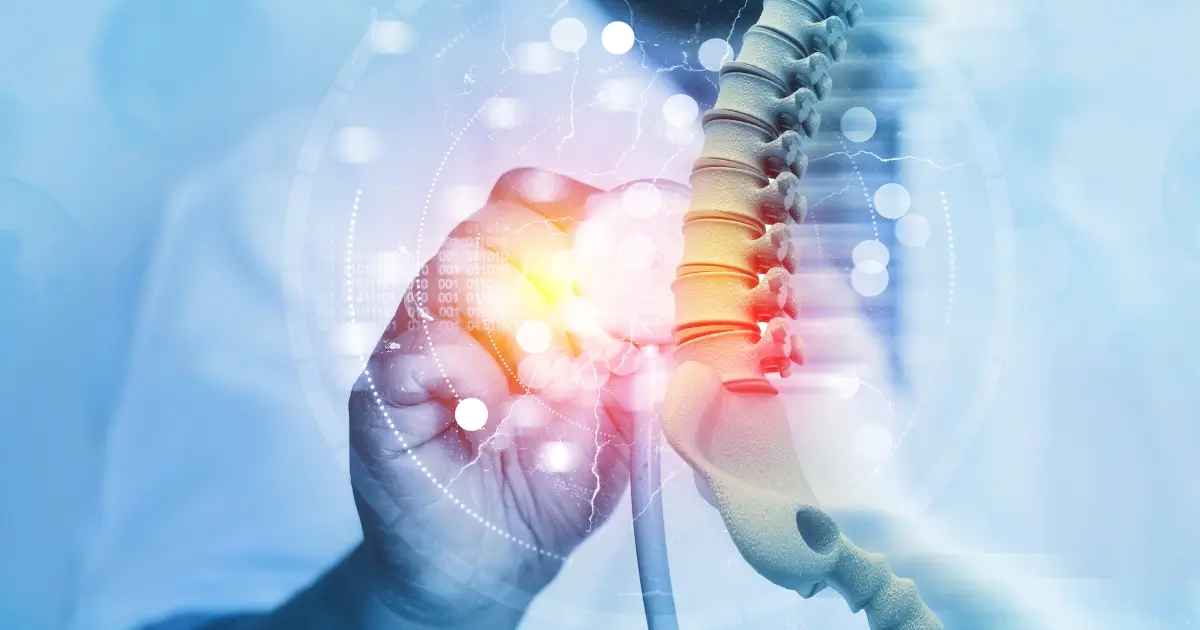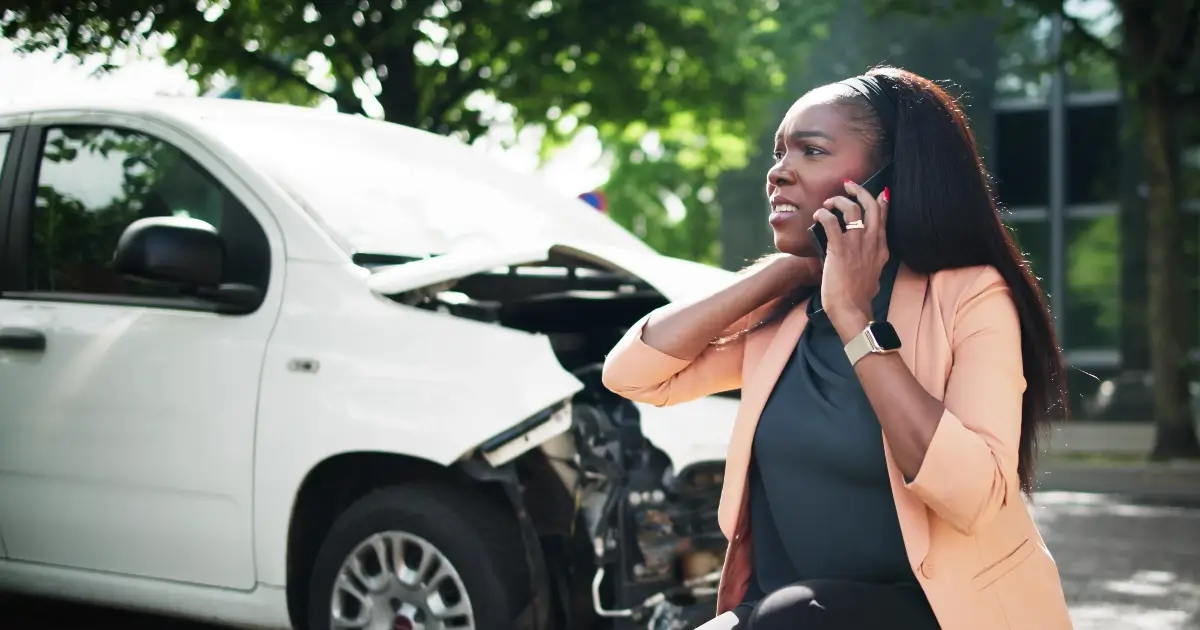What if My Loved One Suffered a Brain Stem Injury in a Collision in Cleveland, Ohio?

Brain stem injuries from car crashes often have devastating, life-altering effects. Some victims could end up in a coma or suffer permanent deficits in balance and coordination.
If the crash resulted from another driver’s negligent or reckless actions, victims and their families may be able to seek compensation. This includes compensation for past and ongoing medical expenses, along with loss of earning capacity and many other damages.
At Friedman, Domiano and Smith, we understand the complexities of car crash cases that involve catastrophic injuries. For decades, we have been dedicated to helping crash victims in the Cleveland, Ohio area seek justice and compensation. Our Cleveland auto accident lawyers represent crash victims without any upfront cost. The initial legal consultation is also free of charge. We don’t get paid unless you win.
Call to learn more about possible legal options: 216-621-0070.
Seeking Compensation for a Brain Stem Injury From a Crash
Brain stem injuries often create profound long-term social, emotional and financial burdens. Some victims go into a coma and never wake up, while others suffer from permanent medical issues like poor coordination and speech impairments.
While compensation cannot change what happened, it can help victims and their families get the medical treatment they need. While most victims never make a full recovery, treatment may help to improve their quality of life. Compensation can also help families hire the help they need to care for their loved one, as he or she is probably going to be unable to continue working.
When catastrophic injuries occur and someone else is at fault, victims should hire a lawyer to help them pursue full compensation. Those who hire lawyers often recover more than those who do not, and you can be sure the insurance company is going to try to underpay the claim. Despite the seriousness of the situation, the insurers’ primary goal is to protect their own interests.
Friedman, Domiano and Smith has been securing compensation for crash victims for decades, taking on many insurance companies and successfully advocating for our clients’ interests.
What Is a Brain Stem injury?
A brain stem injury means there is damage to the brain stem, a critical area at the base of the skull above the spinal cord. This part of the brain is fundamental, linking the brain and spinal cord and facilitating primary and motor functions along with reflexes.
The brain stem is divided into three sections: the midbrain, pons, and medulla oblongata, each controlling different bodily functions. Each section plays a distinct and crucial role in your bodily functioning:
- Medulla oblongata: This area of the brain stem controls autonomic functions like your reflexes (sneezing and gagging), beating of your heart and breathing. It acts as a connection between the central nervous system and the brain.
- Pons: The area of the brain stem that sits above the medulla oblongata. The pons facilitate signal transmission in the central nervous system. It regulates your sleep, eye movement, facial movement, balance, smell, taste and swallowing.
- Midbrain: This section is at the top of your brain stem. It is involved in your sight, hearing and motor functionality. It also regulates your sleep and body temperature control.
Damage to the brain stem can range from recoverable to severe, requiring lifelong care. Someone who is brain dead has suffered an injury to the brain stem.
Causes of Brain Stem Injuries in Car Crashes
Brain stem injuries are often the result of a traumatic brain injury (TBI) in a crash. The worse the accident, the higher the risk of injury to the brain.
Brain injuries typically result from the head or neck getting hit with significant force, or from violent forward and backward motion of the head and neck. Blunt force trauma and violent motion are more likely to occur in wrong-way crashes and other collisions that happen at high speed.
The brain is soft and suspended in cerebrospinal fluid. This makes it vulnerable to twisting and compression against the tentorial notch at the brain’s base or injury to the top spinal column bones.
Seatbelts in cars and helmets on bikes significantly reduce the risk of these injuries by limiting neck hyper-flexion and reducing twisting.
Symptoms That May Indicate a Brain Stem Injury
Symptoms of a brain stem injury are diverse and often severe, requiring immediate medical attention. They include:
- Immediate Symptoms:
- Coma or loss of consciousness
- Regular headaches
- Fatigue
- Increased sensitivity to light and sound
- Enlarged pupils
- Physical and Motor Symptoms:
- Paralysis
- Trouble breathing
- Inability to control motor movements
- Difficulty with balance and coordination
- Communication and Sensory Issues:
- Slurred speech
- Trouble swallowing
- Impaired eye movements and vision problems
- Cognitive and Emotional Symptoms:
- Confusion
- Significant trouble sleeping
- Autonomic Symptoms:
- Irregular heart rate
- Altered heart rate and blood pressure
Early medical intervention can be crucial in treating brain stem injuries. Diagnosis often involves symptom observation and diagnostic imaging, like CAT scans and MRIs. Treatment may include surgery, medication and various therapies.
Long-Term Consequences of Brain Stem Injuries
Brain stem injuries can cause a range of long-term medical issues, including catastrophic problems like locked-in syndrome or a coma. The long-term diagnosis will depend on numerous factors, particularly the severity and location of damage to the brain stem. Some of the effects of a brain stem injury can be treated and some cannot.
Some of the long-term problems that can result from an injury to the brain stem in a Cleveland car crash include:
Coma
Some people never wake up from a coma, but those that do generally go through three stages (vegetative state, minimally conscious state and confusional state). Victims who quickly pass from one stage to the next are more likely to fully recover.
There is a risk of complications, like bedsores and infections, while the victim is recovering.
Locked-In Syndrome
Victims suffer full paralysis except for eye movement, allowing them to blink. Unfortunately, most people who suffer locked-in syndrome will not recover full movement. Fortunately, victims retain cognitive functioning, and they can learn to communicate with others using different eye movements.
Impaired Motor Functioning
Brain stem damage can also affect your balance and coordination. Victims may feel weak and uncoordinated, causing fatigue when they exert themselves physically.
Speech Impairment
A brain stem injury could damage the nerves that allow you to use your vocal cords. This can result in slurred words or strained speech.
Difficulty Swallowing
If the medulla is damaged, it can impair muscle coordination when swallowing. This can make it difficult for victims to eat and drink.
Call Today For Post-Crash Legal Assistance
If you or a loved one are facing the aftermath of a brain stem injury from a car crash, Friedman, Domiano and Smith offer personalized, comprehensive legal support.
We bring a history of proven results, with millions recovered in compensation for our clients. We are prepared to fight tirelessly for the compensation you deserve in the wake of a brain stem injury from a car crash. Our no upfront cost policy and contingency-based approach mean we only get paid if we win your case.
Contact us to set up a free consultation to explore your legal options. Phone: 216-621-0070.
Comments are now closed




Comments